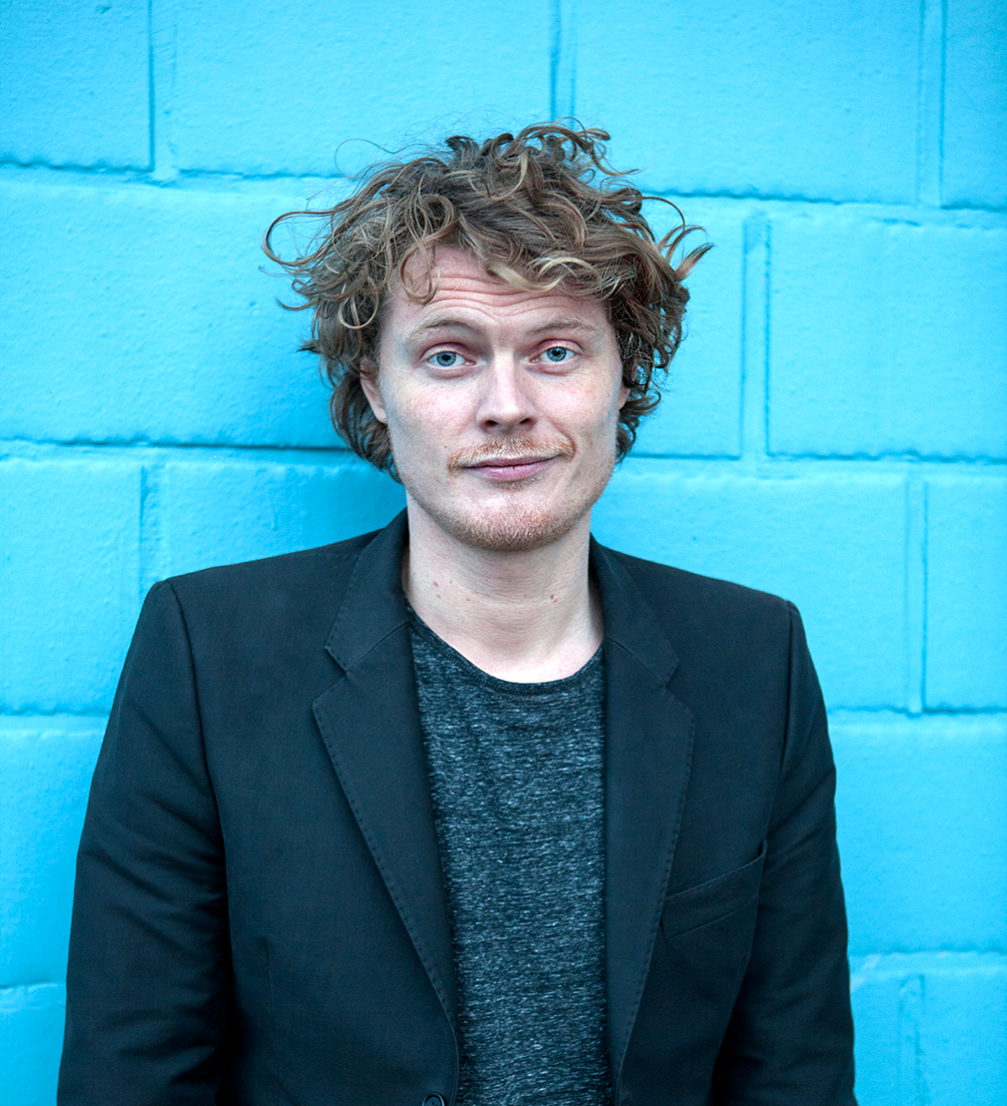
The ingenious Dutch textile designer and developer Borre Akkersdijk has taken the worlds of fashion and technology by storm, overstepping perceptions and expectations one might have for wearable technology and smart textiles.
His Amsterdam–based studio BYBORRE creates fabrics with a twist ― 3D knitted textiles with embedded sensors that may soon read our minds and bodies. Borre’s experiments with technology and yarn have produced a range of innovative products: «BB.Suit» onesies equipped with a GPS tracker, a Wi–Fi access point and a crowdsourced playlist, air purifying suits for China’s ecological misfortunes, pillows with integrated vibration elements that help dementia patients communicate, unforeseen future car concepts and wicked space suits. May it be sensory textiles, wearable technology or fashion pieces, for Borre there always needs to be a dialogue between aesthetics and functionality.
You definitely speeded up the progress of wearable technology when you introduced your take on smart textiles. How did you start integrating technology into fabrics?
I was really intrigued by machines, and was developing textiles from yarn for myself and other people. When I started working with the Technical University of Eindhoven on Tactile Dialogues ― pillows that help people with severe dementia communicate, I started integrating conducting yarns into fabrics and realised that it’s actually possible and the functions won’t end there. Then I made the BB.Suit 0.1 for the SXSW festival, and suddenly everybody was calling me. It’s not that I wanted it that bad, it was a logical thing happening ― from innovating in textiles and pushing boundaries to exploring different qualities in the fields of integration of communication.
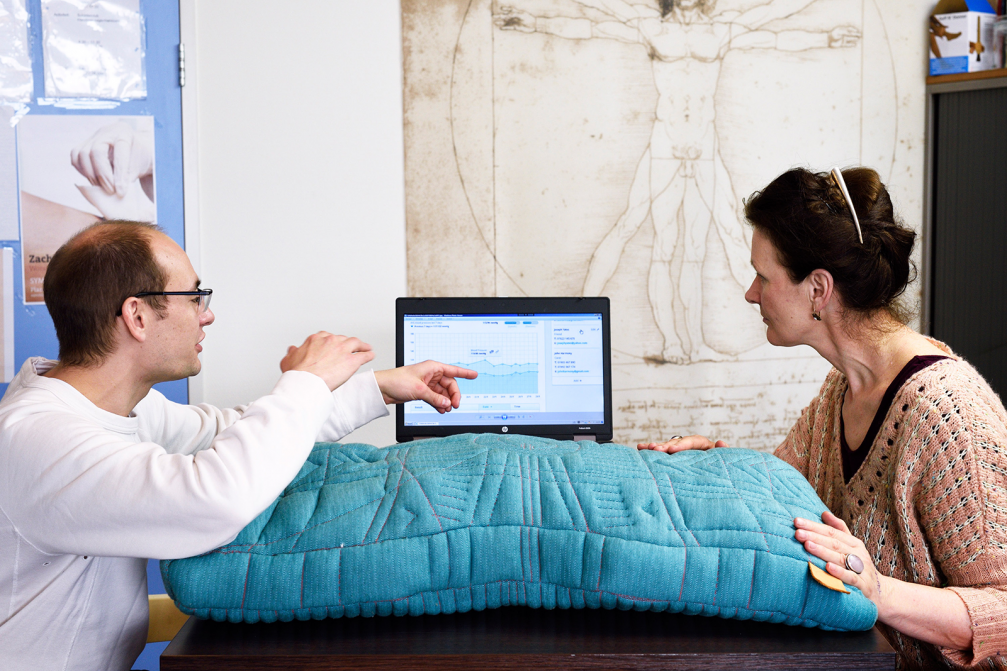
Is it all about communication for you?
No, but communication is the one thing that everybody understands. Communication led to most of the technology we’re using today: GPS, telephone, text messaging, sending images. The washing machine did a lot for us, but it was just a solution for a problem. It’s not going to change the whole world, just that one problem. Communication is something bigger. If we were better in communication and understanding each other, we could solve wars. But that’s a completely different ball game.
Could communication issues actually be solved by textiles with embedded technology?
I hope so. Technology will improve our way of communication, also body language and feelings, whether it’s anger or pain; we will be able to alarm others of a lot of things, also culture–wise. Your textile will know where you’re from and have your data, so maybe help you with whom you’re talking. It could help in a lot of different ways if you think about it as far as everything is connected, because that’s where we’re headed.
You’re already experimenting in developing sensory clothing that could record body language, read human mind and emotions. Should we be aware of the ethical or physical effects such wearable technology may cause?
Of course we have to think about it, but if you look at how fast the technologies are changing, a lot of these things become irrelevant. If you knew how many people screamed when the mobile phone came out — «that radiation will kill everybody!» And now everyone has a phone 24/7. Even the user’s manual of an iPhone says you have to keep it at least 30 cm away from the ear. Due to all the regulations they just put it on the box to warn people.
But with fabric it’s different, it’s meant to be close to the skin.
True! Textiles is something that’s on and around your body all the time. It has become so natural that we don’t even think about it anymore until it becomes fashion and gives you an image. So the moment that clothing has technology in it, it needs to be proper in order to be used. And that requires testing. But before you can start testing, you need to know if people are going to use it. The first thing I want to do is to think about the well–being of people and making it an interesting thing to use, so if you wear it, it would actually do something for you. Put the user first! And if all the people that are going to build on the platform are thinking about the user, it’s going to be a safe thing as well.
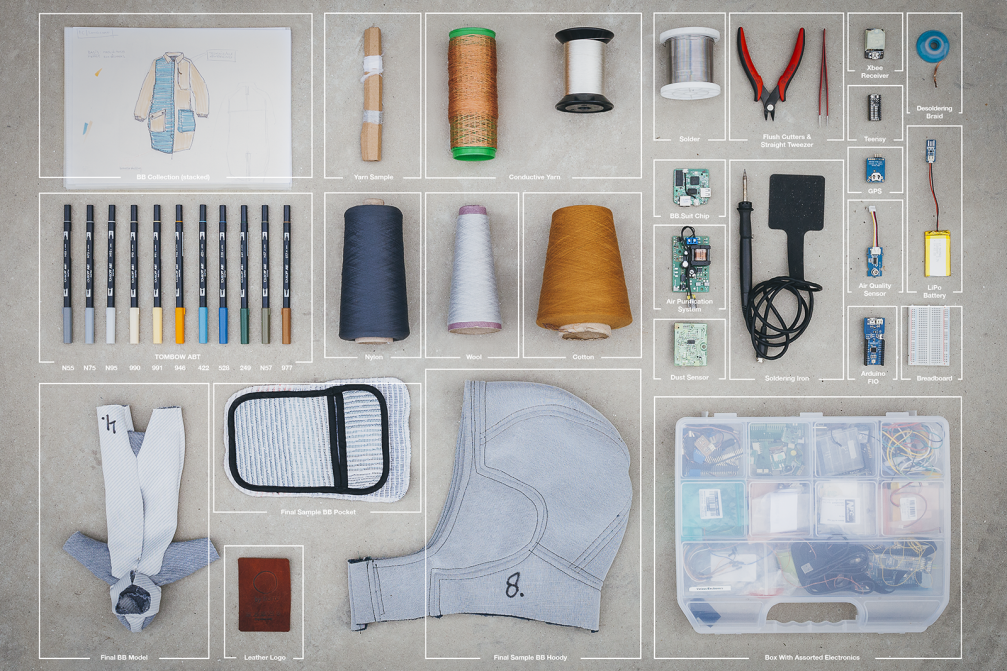
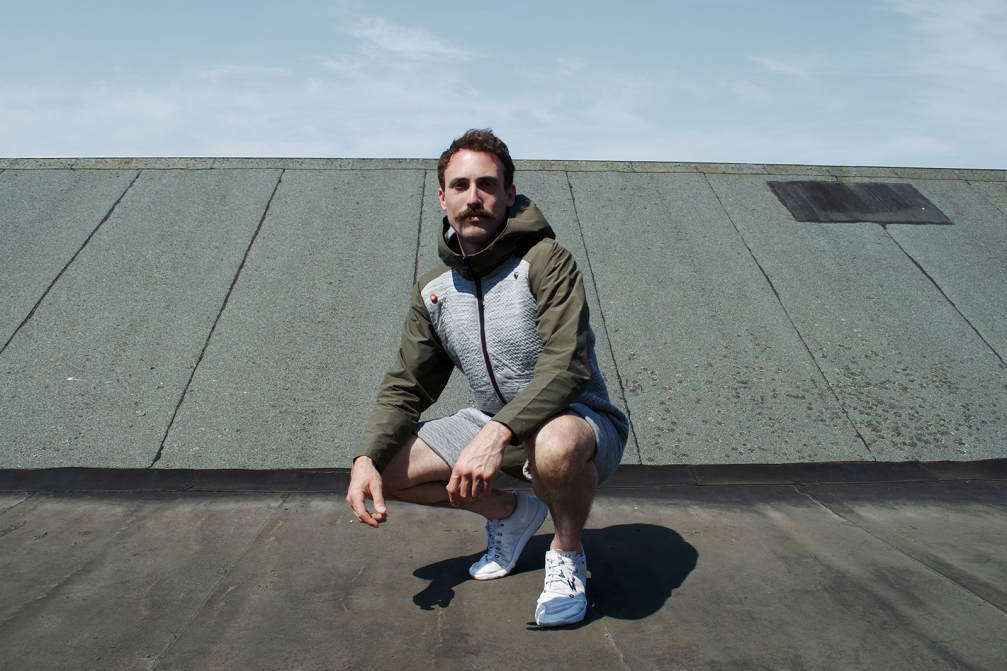
With the BB.Suit 0.2 you took on Beijing’s pollution problem. How did you come to creating an air purifying suit?
We were asked by Beijing Design Week to do a project, and the people we worked with found the textile and technology really interesting, so they said — hey, can you bring your SXSW suit? Can we do the same thing? And I said — that’s not interesting! Let’s first think of something that you need! Otherwise if something is not logical, it’s a gadget, and if I hate something, it’s gadgets that we don’t use. It’s nice to employ things that are logical, can help and be good for our well–being. We thought ― Beijing’s number one problem is pollution. How can we make clothing that would first read the air pollution problem? And then we bumped into people that were making cold plasma technology that actually cleans the air. It was more of a luck than wisdom.
It’s not always about writing the plan down, it’s about just going along the way, meeting interesting people from different fields and joining them in a discussion. That’s when things happen! It’s now a big issue with the world of fashion and the world of technology — everybody talks about the other one but hardly anybody really dives in. And when they do, it’s just with a marketing purpose instead of experimenting and finding out how we can use something. A few do that, and interesting things come out of that. Probably there will be a brand, I hope us, to develop the vortex of wearable technology — that you buy the material with sensor technology already in it and give it your own app or your own way how to use it.
How long before such textiles could be introduced to the general market?
I think in the next 5 years a few interesting things will pop up; things that are more than a gadget and that you can start developing; an extension to a mobile phone. I think it’s going to work together with virtual and augmented reality. And the moment these crossovers start happening, 5 years later there will be a boom and in 20 years it’s going to be normal.
What has been the most important change in your textile production process since you started using the circular knitting machines originally built for making mattresses?
It’s almost the same machine as in the beginning. At first, we had a simple pattern, one dot every 5 cm, but I said — if that’s digital, I can make any drawing that I want. We constantly upgrade the machines, write new programs, change the way how we communicate from a pixel to a needle, and how all these things influence each other because it hasn’t been done before. Then we also had to change the normal machines to be able to push filling yarn inside to create thickness. And then we changed them again to put conducting yarns in because they usually turn off the cone and conducting yarns can’t be twisted or get torsion because they break.
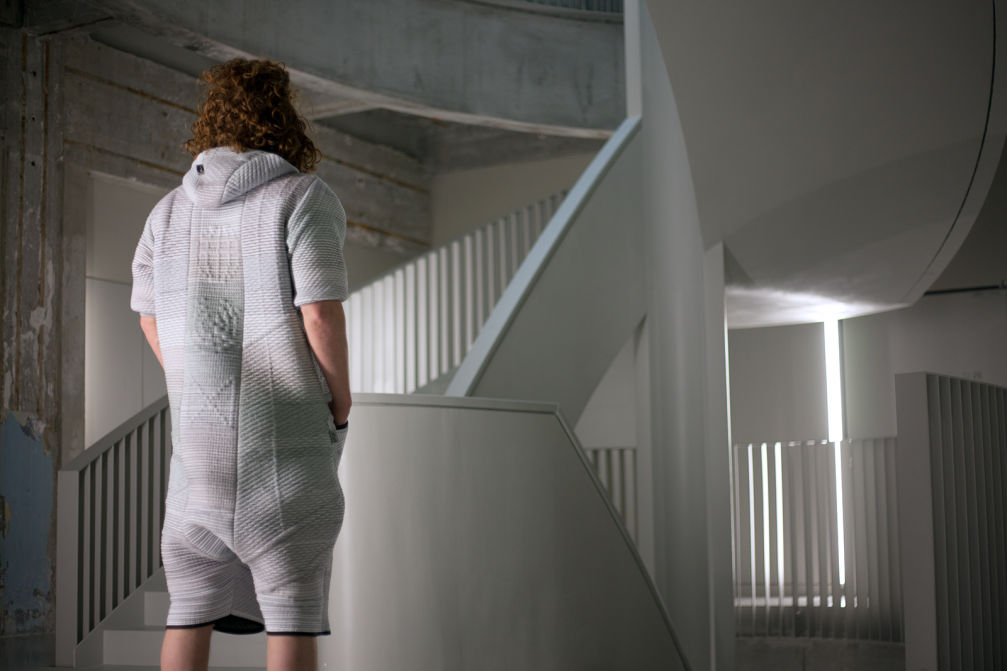
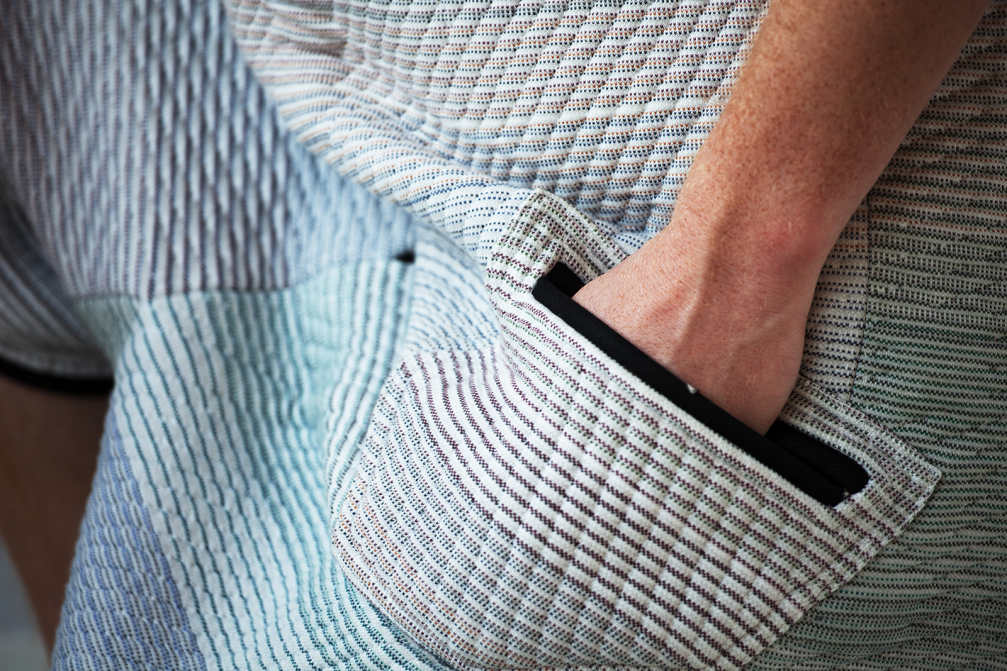
What specific issues are you eager to tackle with sensory textiles?
I would love to make a new layer of communication. That there would be some sort of an ideal. Vibration is already one and it’s already used in smartphones ― if it vibrates three times, you go left and if it vibrates six times, you go right. And that’s really interesting, especially being Dutch, and being on the bike all the time. We don’t want an earplug yelling «left, right», that’s stupid! [Sensory textiles can be used for] having a good posture or making sure you drink enough water. Simple things. I’m not talking about knowing if your heart is going to fail. That’s not about well–being, it’s about healthcare. How nice could it be that the moment you start vacuuming the room, your clothing feels that you’re vacuuming and your music starts playing. Or when you’re cold, it turns on the heating so that you never have to ask again. Because now, all these things require our physical action. Technologies are going to kill a lot of boundaries in time and distance and give us a lot of space to do more relevant things.
Aren’t you a bit concerned about the effect technology may have on our daily lives?
No, I’m the generation that needs to see it as a possibility. It’s easy to be worried or scared and say «I cannot change the world by myself». But it has never been easier to be born as a nobody and grow up as a somebody.
What has been the most challenging thing for yourself in all this experience?
You can’t imagine how many times I have heard «no, it can’t be done» or «hey, stop it man, there is no market now». The hardest thing was pushing the mountain by myself. I got reactions like «yeah, yeah, looks good», but nobody would invest or nobody would stand next to me. It was a hard struggle for some time, I really worked on that for years. But I think it’s always like this when you want to change something that has existed for such a long time. The only fear I have is that it wouldn’t work. That I wouldn’t be able to convince people or… It’s actually not about convincing, it’s about making people think about the possibilities.

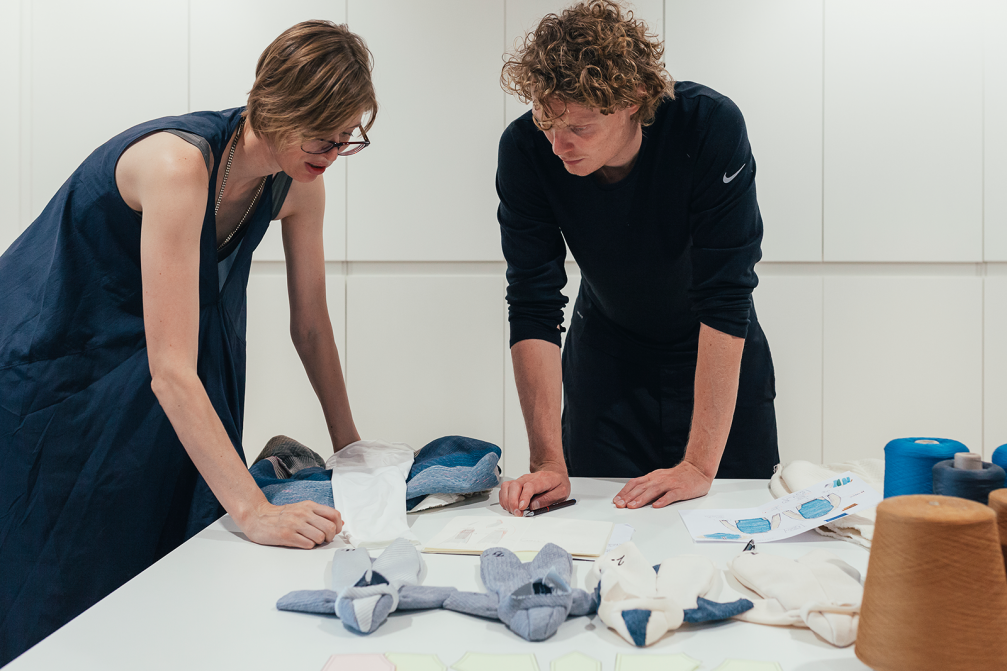

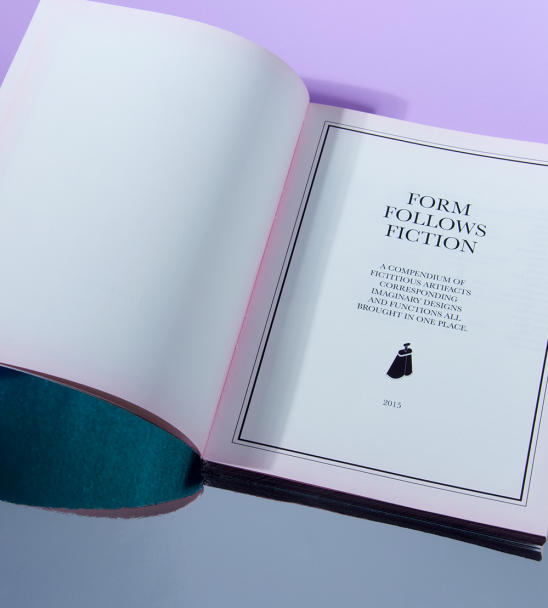
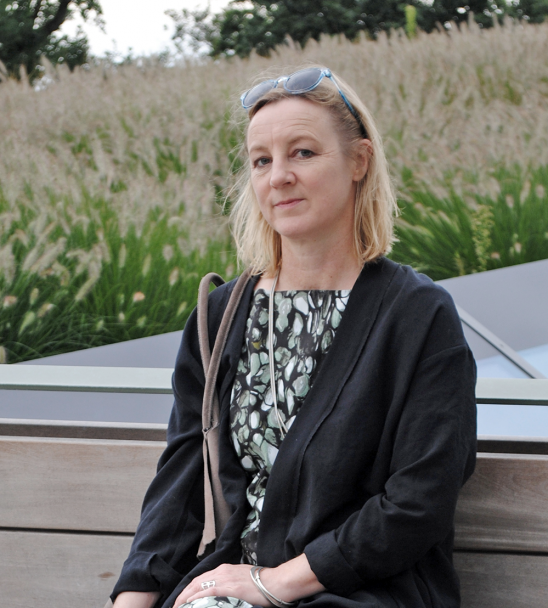
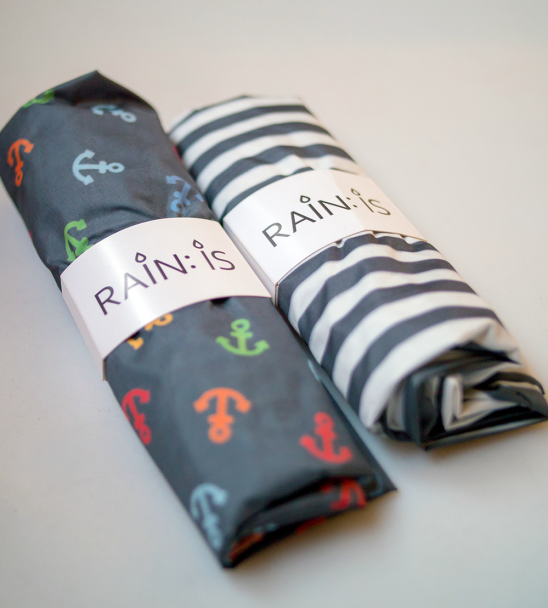

Viedokļi